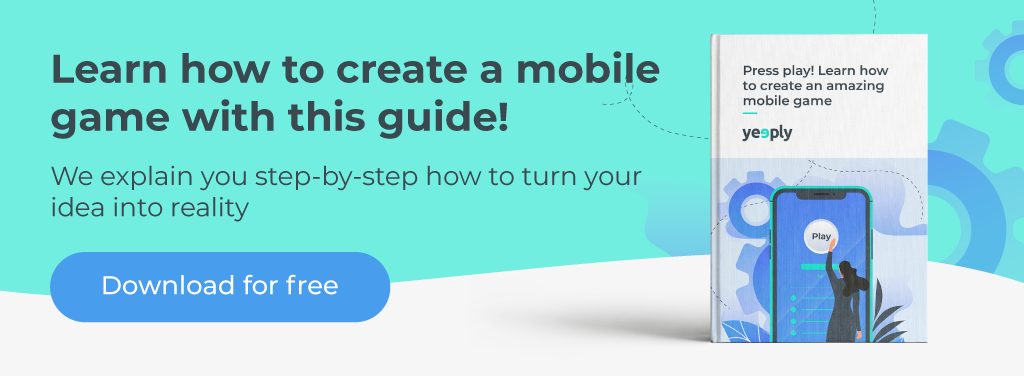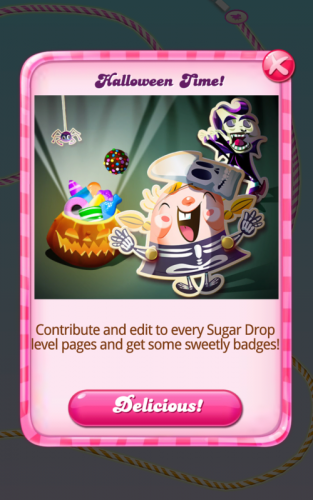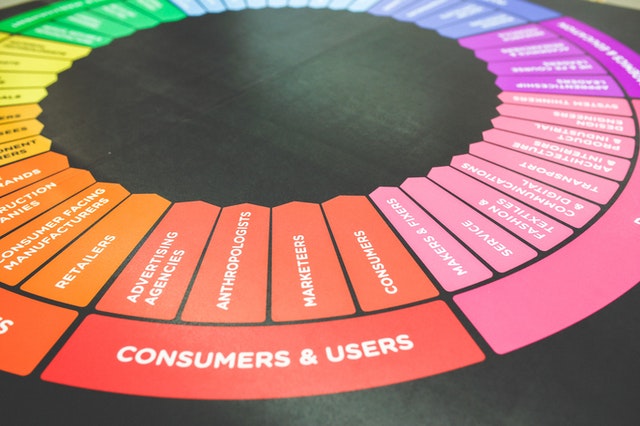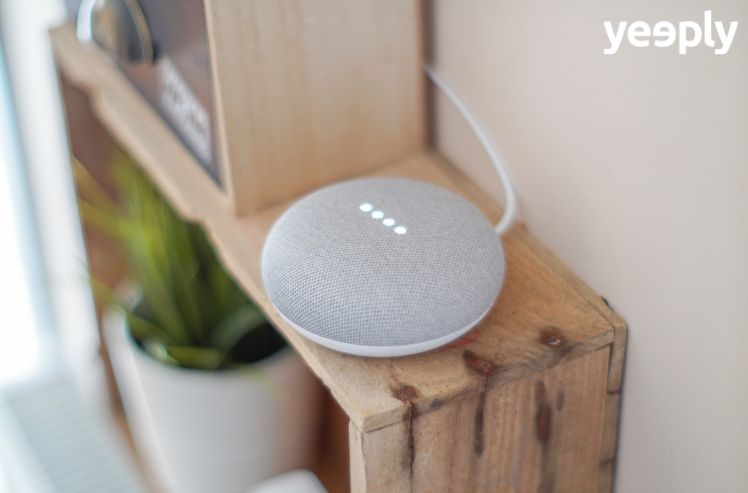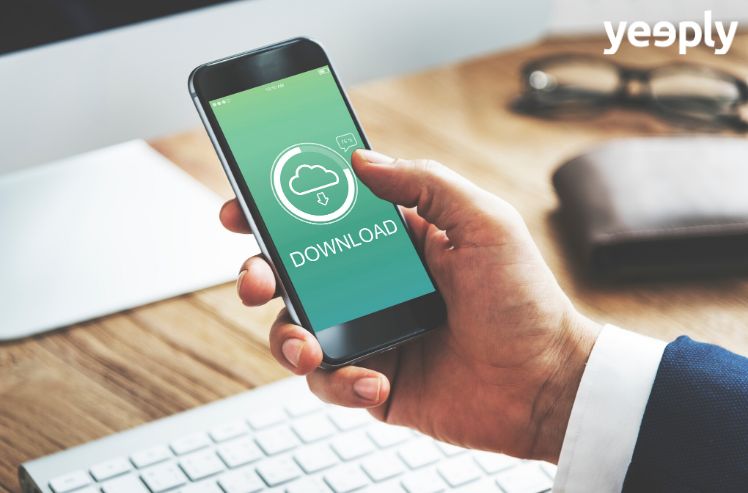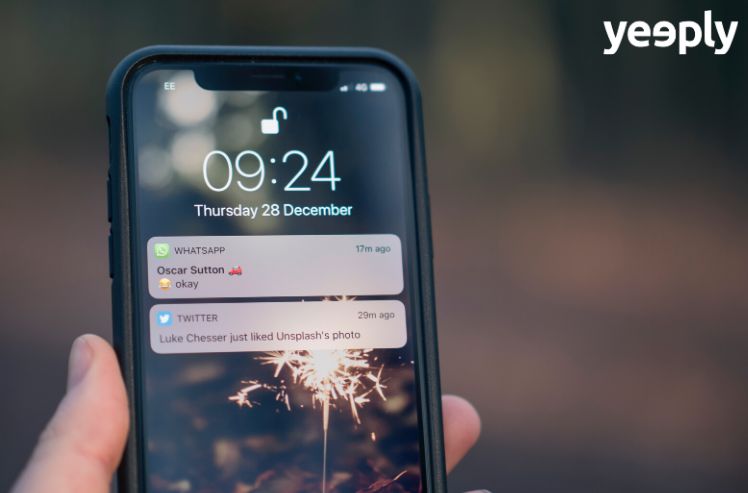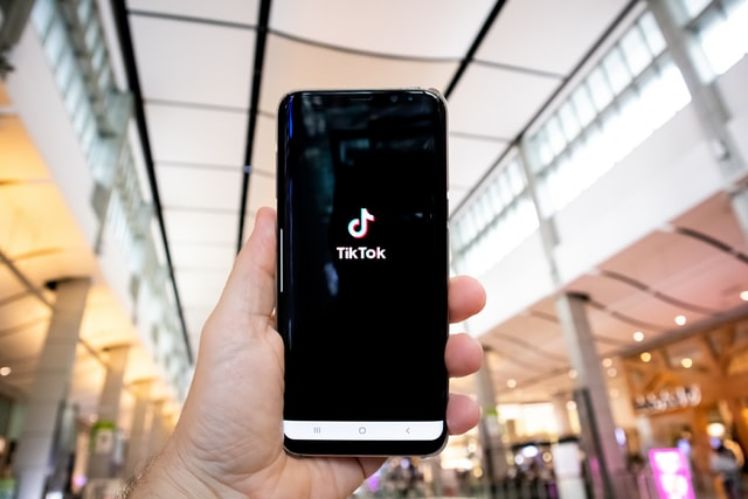A good code doesn’t always necessarily lead to a good game. Mobile game development for mobile devices goes further beyond that. In order to succeed, you need to create a game that captivates your users. This is known in mobile marketing as ‘engagement’ or user loyalty.
There are many techniques at your disposal to get your users engaged without resorting to harassing them and becoming a full-fledged spammer. The hard bit is finding the right balance to get your players engaged without boring or annoying them.
In our platform we have already helped mobile applications and games succeed, so we want to share such knowledge with you by discussing a bunch of effective techniques. Pay heed to these 3 tips on achieving engagement in Android and iOS games:
A. The power of notifications
They are often forgotten when planning mobile game development projects. However, you have to consider whether to include them or not and how they will be. Push notifications such as pop-ups within the application are critical when it comes to loyalty because they ultimately imply a call to action and can result − as such − in boosting the user’s interaction with your mobile app. Let’s see what they are and how they can help us to get our players engaged:
What are push notifications?
Push technology is a form of communication in which a mobile application sends a message to a user’s device to let him know that there is something new regarding the app. The main characteristic of this technology is that it’s always the server who initiates the communication, whether the customer is interested or not in knowing if there’s something new.
How can you use them in order to improve engagement?
As this kind of communication is done unilaterally, the user doesn’t have to be playing our game for the message to be able to be received: we can send it whenever we decide to do so. For instance, it can be very useful to recover players who no longer use our app or to let them know that they still have credits to keep on playing.
You can prompt users to enter the app by simply giving away credits for the game and even getting them engaged by giving things away just for launching the app. And all this by reminding it to them through a notification. A good example of this is LaLigaFantasy’s push notification reminding users to pick their players for the matches.
What are pop-up notifications?
A pop-up or pop-up window is a new window that suddenly appears on your computer screen or on your mobile device’s screen in this case. It will appear in your user’s mobile device when he is playing your game. It usually appears as a small box telling you about something and can also imply a call to action.
How can you use them to improve engagement?
Pop-ups are usually used in game development to indicate data input errors (such as a wrong e-mail or password); to request access permissions to the device’s camera, GPS or the like; and also to configure some aspects of the game like the notifications themselves or to accept the terms associated with some of the application’s features.
However, their most common use in mobile games is for requesting an assessment of the app in the store. It’s a proof of the user’s loyalty towards the app and will also help us improve its ASO. Another way to take advantage of pop-ups is to show new information and provide the user with the option to act accordingly.
For example, we can include a button as a call to action to generate purchases if we are offering discounts for the next four hours in our game’s store. And a user who makes a purchase generally becomes more loyal since he has already invested his own money in the game.
Another alternative is to give the option to report an achievement via a pop-up and allow sharing it on social networks. This will point out that our engagement is increasing.
B. Awards, bonuses and motive-related items
A good way for implementing loyalty management techniques into our Android and iOS game development is rewarding the player or user with something in exchange for the time and effort he has spent in the game. It can be an award for overcoming a stage, bonuses for certain achievements or giving away virtual items within the game.
We can give him credits − for instance − or an amount of the game’s particular currency every day if he enters the app, and the more consecutive days he does this the bigger the prize. This technique is used in many games to get the player to interact daily with the app.
And likewise, we can offer − in addition to the collectible items that are always available − thematic objects during certain times of the year if we also have a store to offer them, as is the case of games such as Clash of Clans, Candy Crush or Bubble Witch. Taking the following celebrations as an example:
- Halloween
- Christmas
- New Year
- Holidays
- Valentine’s Day
- Carnival
- Or any other celebration you can think of! Even the game’s “birthday”.
C. Rankings and competitions
An easy way to get users engaged with your game is to challenge them to win, to improve, to beat an opponent or even to overcome themselves. So something that will work well for your game is showing a global classification, as players will always want to feature in the first positions. Especially if the winner walks away with some sort of prize ?.
The same applies to competitions, as players will strive not just for qualifying but also for beating any rival (who may be a friend of his). Increasing rivalry will generate engagement. But remember… a healthy rivalry!
Thinking in engagement prior to mobile game development
There’s no problem with this approach. However, we must have a clear idea of how will our game be, have it already designed and even have the mock-ups or wireframes developed. We must start thinking at the same time about how we are going to promote player loyalty. Because without loyal players our game is not going to last very much.
Moreover, less than 5% of players – according to Google – spend money on in-app purchases. So we must have players who are very loyal towards our app and create a game that gets them engaged in order to make the following equation become true:
+ Engagement = + Turnover & + ROI
However, engagement is not actually that important for increasing our revenue. It’s rather converting those users who are contributing to the turnover generated by our game into loyal users that’s more important.
Working on all these loyalty management strategies ultimately implies having already a clear and well-defined business model for your mobile game. Getting started with the game development process when this aspect is already covered is much easier for the entire development team working on your project.
And then… adjust your results
Are you losing loyal users? Are they using your app but no longer paying attention to your notifications? Rethink your strategy. There is no magic formula to tell you what will work with your users and what will not. It rather involves trial and error.
Analyse your app analytics and study well what is happening with your users’ behaviour. Find out where are users abandoning your app and try to figure out what is preventing them from getting engaged with your game. Are you a spammer? Are you explaining the latest news and changes or not? Suggest alternatives and fix any possible mistakes that have been made. Think that users want to use your app, so make things easy for them.
Once you find the balance in your game’s dynamics, everything will be plain sailing… What strategy would you use to get a player engaged?

